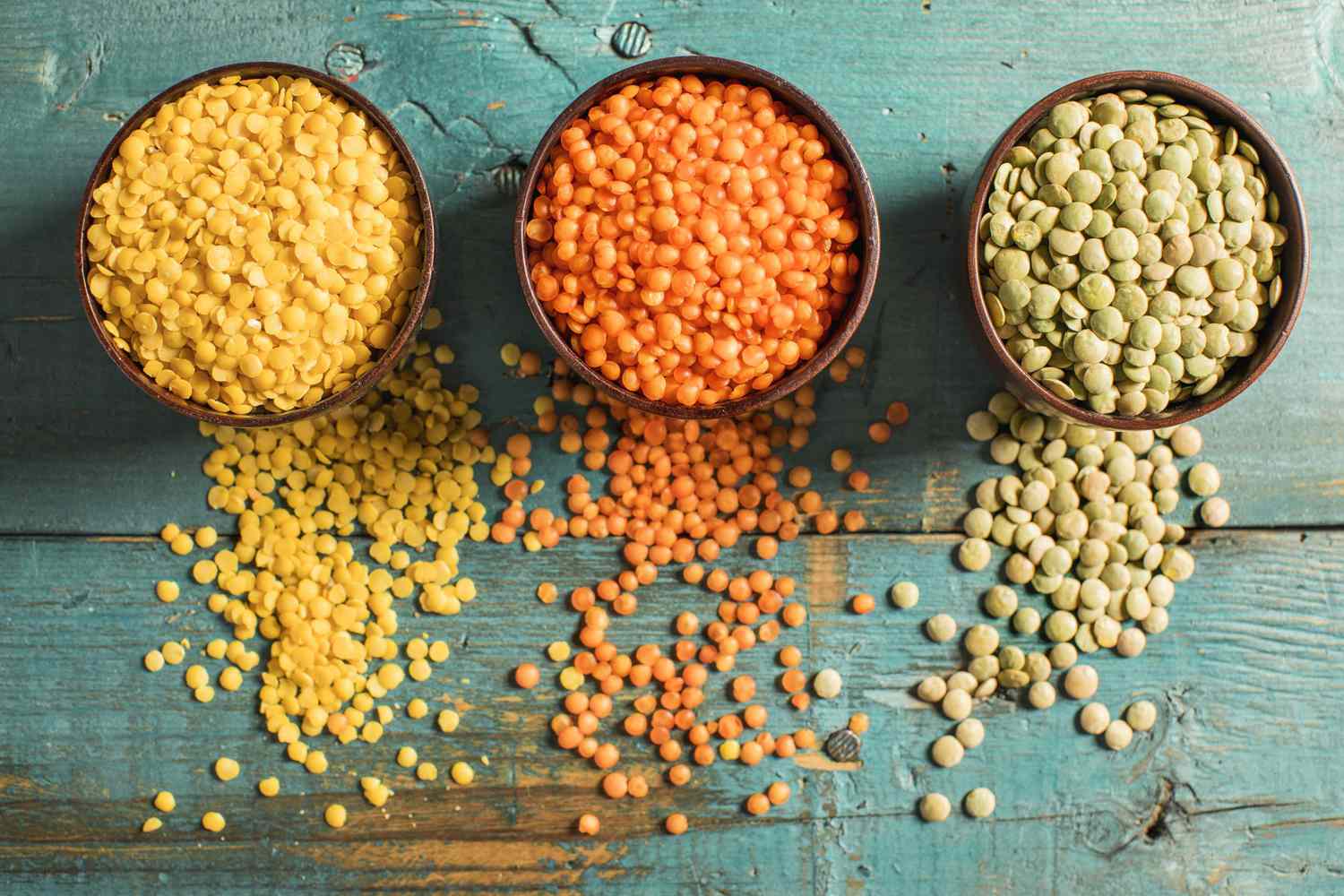5 Must-Grow Leafy Greens in your garden

The benefits of growing your own leafy greens are well worth the effort. Leafy greens are nutrient-dense and provide a wide variety of vitamins and minerals. They also contain high levels of antioxidants, which help to keep your immune system strong.
Growing leafy greens at home is not only a great way to save money, but it will also ensure that you have fresh produce year round. You can use these vegetables in many different dishes or just enjoy them on their own as a healthy snack.
What Type of Pottery is the Best for Growing Leafy Greens?
The type of pottery is not the only important factor when it comes to growing leafy greens. The pots themselves should be deep enough to allow for proper drainage. The pot should also have holes in the bottom to allow for water to flow out.
We can use terra cotta, clay, or plastic pots that are specially designed for plants. Clay and terra cotta pots are porous and retain moisture better than plastic ones, but they are more expensive and heavier. Plastic pots are lightweight and less expensive, but they don’t retain moisture as well as clay or terracotta ones do.
Here are 5 Must-Grow Leafy Greens in your garden:
-
Arugula
Arugula is a leafy green commonly harvested from the Brassicaceae family. It goes by many different names, such as rocket, colewort, roquette, rucola and rucoli.
It has a slightly peppery flavor and small leaves that can be incorporated into salads or used as a garnish, it can also be used cosmetically and medicinally. Like other leafy greens, it’s packed with pro-vitamin A carotenoids which makes it good for both you and your skin, Vitamin B9 and K. It’s also a great source of dietary nitrates, which can turn into nitric oxide in your body – an important molecule that improves blood flow and helps regulate the cardiovascular system.
-
Kale
Kale is one of the healthiest vegetables on the Earth and has a lot of nutrients, vitamins, minerals and antioxidants. For example, one cup (67 grams) of raw kale contains 684% of the Daily Value for vitamin K and 134% of the DV for vitamin C. It also contains ingredients such as lutein and beta-carotene, which reduce the risk of illnesses caused by oxidative stress.
Kale packs a punch when eaten raw. It has a unique nutrient profile which can be lost or reduced if it’s cooked, so make sure you take advantage of this vegetable the way nature intended.
-
Collard Greens
Collard greens are a type of leafy green that has been shown to have multiple health benefits. Similar to kale and cabbage, they can be eaten raw or cooked. Collard greens’ flavor is slightly bitter. They come from the word “colewort,”.
One cup of collard greens contains a whopping 1,045% the daily recommended amount of vitamin K. It also contains nutrients like calcium and vitamins A, B9 (folate), and C. Vitamin K is well-known for its key role in blood clotting. More research is being done that suggests it can also improve bone health.
-
Spinach
Spinach is a popular leafy green vegetable and is easily incorporated into a variety of dishes. These include soups, sauces, smoothies and salads. This spinach has an impressive profile with a cup (30g) providing 181% of the DV for K, 56% of the DV for A and 13% of the DV for manganese.
It’s also packed with folate, a nutrient that plays key roles in the production of red blood cells and preventing neural tube defects during pregnancy.
-
Beet Greens
The history of beets goes all the way back to medieval times. They’re a healthy vegetable and have an impressive list of nutrients, but while they’re used in dishes, the leaves tend to get ignored too often.
It’s unfortunate that beet greens are not as widespread as other vegetables. They are rich in minerals, vitamins and fiber which are essential to maintaining a healthy lifestyle. One cup of cooked beet greens contains 218% of the DV for vitamin A, 40% DV for potassium and 18% DV for vitamin K.
Beet greens are packed with nutrients including beta-carotene and lutein, which may help reduce your risk of eye problems such as macular degeneration and cataracts. Beet greens can be incorporated into a salad, soup or sauteed and eaten as a side dish.
Plant Some Healthy Greens Today and Enjoy the Benefits!
A plant-based diet is not just a trend, it has many benefits. It is a healthier option for our body. It also helps to protect the environment.
Growing your own food is important for many reasons. It allows people to have a deeper connection with the food they eat. It also gives people the ability to have control over what they eat.
Author Bio:
Hi, I’m Rana and I blog at ranasrecipe.com. My passion for food began very early in my life. And after managing a cafe, a granola business and helping other food businesses scale up, I found my true calling in creating wonderful recipes so that everyone can enjoy cooking as much as I do! Don’t forget to follow me on my social channels- instagram and pinterest.












